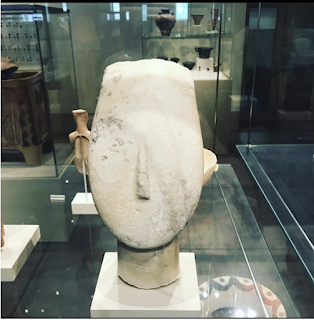Hey, y’all. I’m at the 42nd Street Stephen A. Schwarzman Library on Fifth Avenue in Manhattan, discovering the treasures within.
Today, I’ve found some intriguing tablets written in cuneiform. As many of you know, I’ve been a teacher for 13 years, and every year, I get a question that’s especially popular among middle, but also high school students: “Who invented homework?”
•
A fascinating answer might be the Mesopotamians or Babylonians. The tablets we’re talking about were used by students for writing practice, likely within the home of a scribe or a master. The pieces you’re seeing now are mainly literary texts that the students were required to copy and submit as demonstrations of their skill. There’s also a tablet featuring mathematical equations among them. Yes, the New York Public Library has a significant collection of these cuneiform tablets.
•
Pro tip: The Morgan Library on Madison Avenue also has an impressive collection of these ancient educational artifacts. So, indeed, do your homework, kids.



